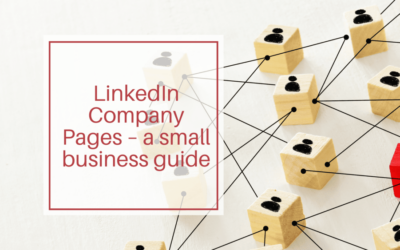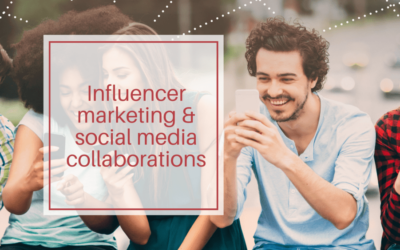Story – an emotive journey following a series of events and how those events impact a person or character.
Storytelling. An age-old way of getting a message across. Want to explain the dangers of taking candy from strangers to a child? Read them Hansel and Gretel. The story sticks in your mind so well that I bet you are thinking about it as you continue to read. Imagine using the same principles for your business on social media to generate leads and sales. Let’s get your audience to remember your brand as vividly as you remembered Hansel and Gretel.
Storytelling makes your brand easier to remember
There are a lot of bold statements online about exactly why we remember stories better or just how much better we remember them. Most of them agree that it has to do with triggering emotions. When we trigger both emotion and memory at the same time, we forge a stronger pathway back.
Hansel and Gretel triggered our fear emotions – who hasn’t had a nightmare about being eaten by a witch? But it doesn’t have to be fear. Love, happiness, anger, loss – anything of the spectrum of human emotions will trigger the brain. Just keep it on brand!
Storytelling builds a connection with your audience
The key to using storytelling to connect with your audience is to know your ideal customer and tell them a story they can relate to. Highlight the way your unique product or service benefited someone just like them. Explain how your business aligns with their values by telling a personal story about your brand. Invite them to feel with you or your brand-personified characters.
Your storytelling goal is to build emotional connections to engage more parts of the brain and improve potential customers’ chances of recalling your brand and feeling they know it. As they begin to remember your brand more, they begin to feel part of it, even loyal to it. You can use personal stories about clients you have helped or personal stories about you or your team. Even fictional stories built around your brand are fantastic.
One recent example of compelling storytelling was an AFP campaign to remind members of the public that the AFP are people too. Indeed, anyone can be a part of the AFP. Most people know these two facts. But by sharing the unique backgrounds of members with photos and relatable stories, the message was much more powerful.
Your story can be more fictional, as long as it’s also true where it matters, about your product or service. For example:
ABC Lolly Co determines their ideal customer is a middle-aged parent with young children who buy the lollies for their children. In a crowded market, it is not enough to just be tasty, and they won’t pretend to be healthy.
They remember a story from their childhood about two children and a house made of lollies. Their next campaign features a play on this story with a house made of lollies, two relatable children and a super friendly witch who needs a house built but only has lollies to build it.
ABC Lolly Co Lollies are fun; they give you energy and stick to anything. They have social media posts, videos, even lolly house-building competitions. ABC Lolly Co – when you need a house full of lollies. The stories highlight the delightfully sticky nature of the lollies for building, the energy they give the children to keep building, and the sweet taste if you happen to eat one instead.
Followers are engaging, sharing and liking their posts because they connect to youthful joy and novelty. The story speaks to feeling youthful again, and parents buy the lollies for their children as a treat. Kids share how good they are, and word gets around. Everyone feels like they could be an ABC Lolly Co kid – even the parents.
Stories within the usual marketing principles
Stories are great for building connection, but the same marketing strategies apply:
- Stay consistent and only share stories that are in line with your brand values and personality
- Tailor your stories to each social media platform with videos for YouTube, visual representations for Instagram and a great business angle for LinkedIn
- Review, analyse and optimise your stories – which landed with your audience, what style of presentation received the most engagement, and what does your audience want to see more of? Then optimise accordingly by creating more posts along those lines
What is your business story?
Did you get a great idea while reading this? Is it obvious what your business story might be? Don’t rush into telling random stories all the time. Take a moment to think about the story of your business. Or the one that sums it up. Then build an authentic yet compelling narrative around one concept. You might be surprised at the results.
Have you ever purchased something based on an emotional connection or story? Book a chat here to discuss how we can make storytelling on social media generate leads for your business.



